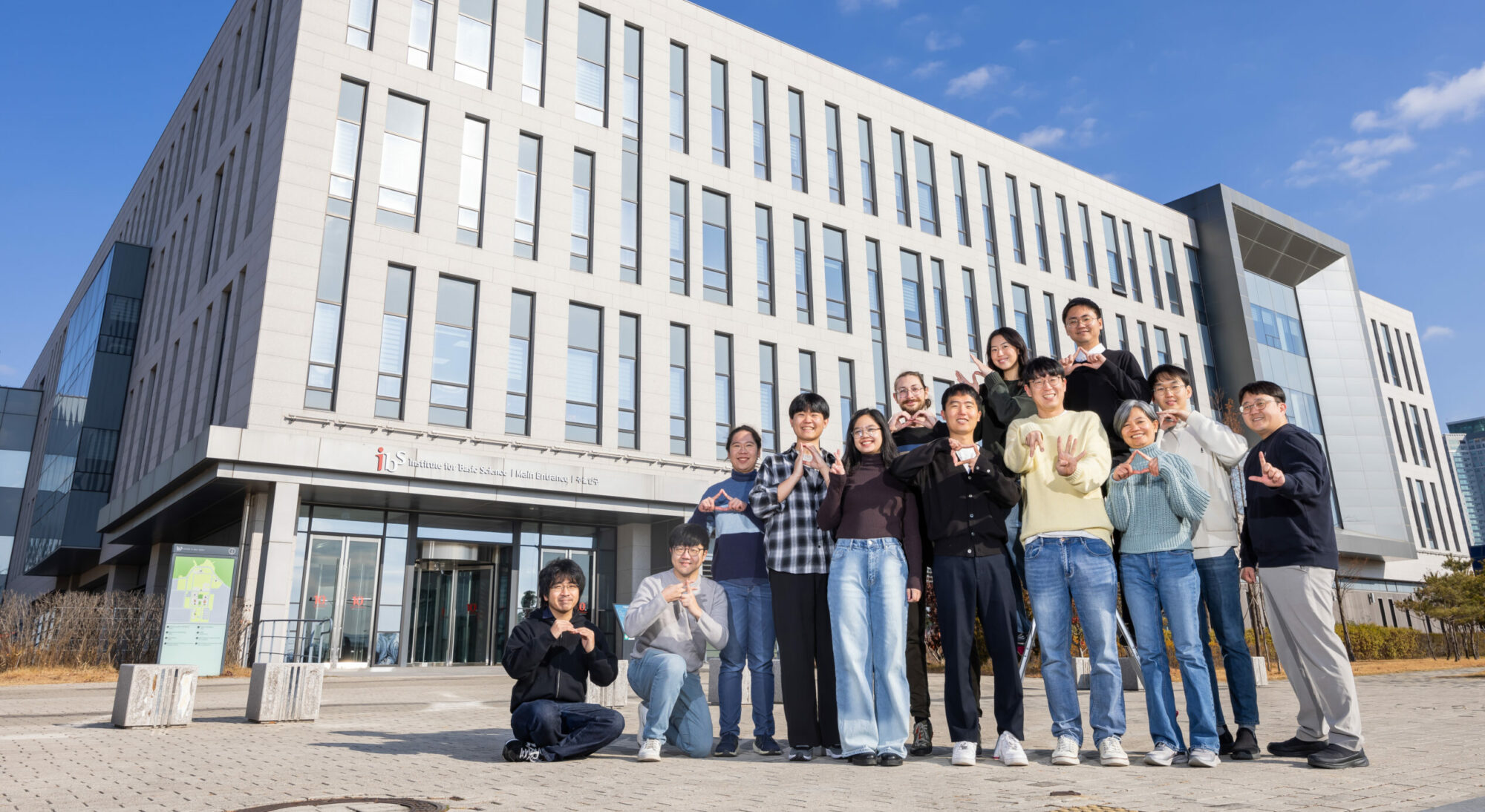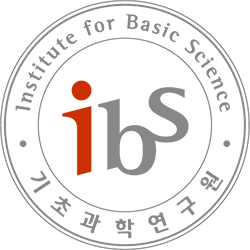scGPT: toward building a foundation model for single-cell multi-omics using generative AI – Hyun Kim
B232 Seminar Room, IBS 55 Expo-ro Yuseong-gu, Daejeon, Daejeon, Korea, Republic ofIn this talk, we discuss the paper "scGPT: toward building a foundation model for single-cell multi-omics using generative AI" by Haotian Cui, et.al. Nature Methods, 2024. Abstract Generative pretrained models have achieved remarkable success in various domains such as language and computer vision. Specifically, the combination of large-scale diverse datasets and pretrained transformers has emerged …

